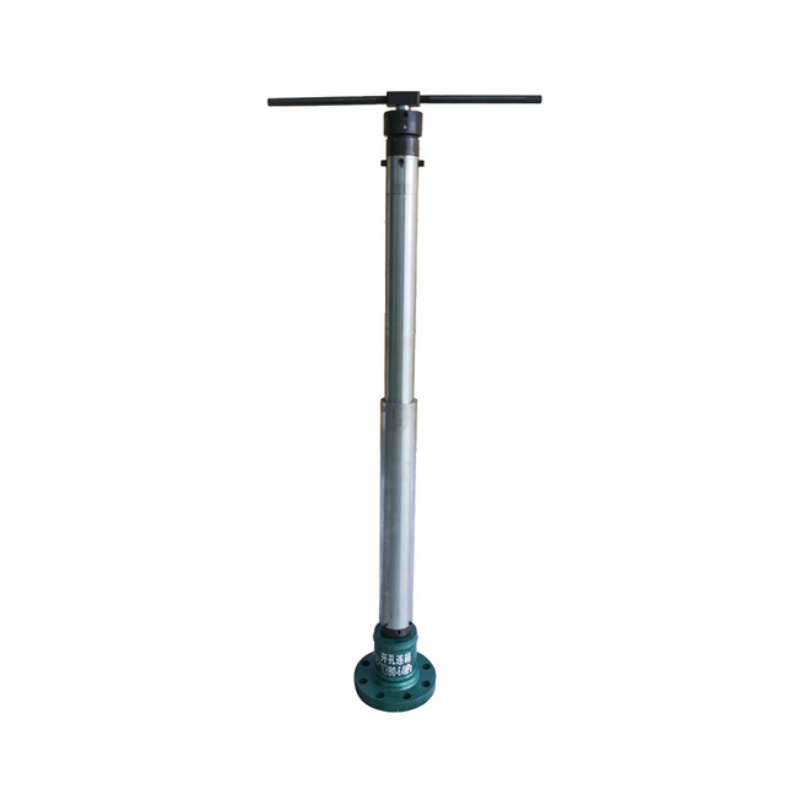Understanding Valveless Openings in Pipe Systems: A Comprehensive Guide
Apr 04,2025
In the realm of pipe systems, "valveless opening" refers to a design feature that facilitates fluid flow without the need for traditional valve mechanisms. This innovative approach is particularly beneficial in various applications where continuous flow is essential, and the interruption caused by valves could hinder performance. Understanding the implications of valveless openings can enhance sys

In the realm of pipe systems, "valveless opening" refers to a design feature that facilitates fluid flow without the need for traditional valve mechanisms. This innovative approach is particularly beneficial in various applications where continuous flow is essential, and the interruption caused by valves could hinder performance. Understanding the implications of valveless openings can enhance system efficiency and reliability.
One of the primary advantages of valveless openings is their ability to minimize pressure drops within the system. When fluid flows through a conventional valve, it often encounters resistance, which can lead to a decrease in pressure and overall efficiency. In contrast, a valveless opening allows for smooth and uninterrupted flow, maintaining optimal pressure levels. This is especially crucial in applications where consistent fluid delivery is required, such as in heating or cooling systems, irrigation networks, and industrial processes.
Another significant aspect of valveless openings is their contribution to reducing maintenance needs. Traditional valves can be prone to wear and tear, leading to potential leaks or failures over time. By eliminating the valve component, systems with valveless openings tend to be more durable and require less frequent maintenance. This not only saves time and resources but also enhances the overall reliability of the system, making it an attractive option for both contractors and end-users.
In addition, valveless openings can simplify the design and installation process of pipe systems. Without the need for complicated valve arrangements, contractors can streamline their installations, potentially reducing labor costs and project timelines. Moreover, the simplified design can lead to lighter and more compact piping solutions, making them easier to transport and handle on-site.
When considering the use of valveless openings in pipe systems, it is essential to evaluate the specific requirements of the project. Factors such as fluid type, flow rate, and system pressure should be carefully analyzed to determine if a valveless approach is suitable. For instance, applications involving high-viscosity fluids may require additional consideration, as the lack of control offered by valveless openings could lead to challenges in managing flow rates.
In summary, valveless openings offer a range of benefits in the construction and plumbing industries, including improved flow efficiency, reduced maintenance needs, and simplified installation processes. By integrating this innovative design feature into pipe systems, professionals can achieve enhanced performance while minimizing operational challenges. Whether designing new systems or upgrading existing ones, understanding and leveraging the advantages of valveless openings can lead to significant improvements in overall system functionality.
One of the primary advantages of valveless openings is their ability to minimize pressure drops within the system. When fluid flows through a conventional valve, it often encounters resistance, which can lead to a decrease in pressure and overall efficiency. In contrast, a valveless opening allows for smooth and uninterrupted flow, maintaining optimal pressure levels. This is especially crucial in applications where consistent fluid delivery is required, such as in heating or cooling systems, irrigation networks, and industrial processes.
Another significant aspect of valveless openings is their contribution to reducing maintenance needs. Traditional valves can be prone to wear and tear, leading to potential leaks or failures over time. By eliminating the valve component, systems with valveless openings tend to be more durable and require less frequent maintenance. This not only saves time and resources but also enhances the overall reliability of the system, making it an attractive option for both contractors and end-users.
In addition, valveless openings can simplify the design and installation process of pipe systems. Without the need for complicated valve arrangements, contractors can streamline their installations, potentially reducing labor costs and project timelines. Moreover, the simplified design can lead to lighter and more compact piping solutions, making them easier to transport and handle on-site.
When considering the use of valveless openings in pipe systems, it is essential to evaluate the specific requirements of the project. Factors such as fluid type, flow rate, and system pressure should be carefully analyzed to determine if a valveless approach is suitable. For instance, applications involving high-viscosity fluids may require additional consideration, as the lack of control offered by valveless openings could lead to challenges in managing flow rates.
In summary, valveless openings offer a range of benefits in the construction and plumbing industries, including improved flow efficiency, reduced maintenance needs, and simplified installation processes. By integrating this innovative design feature into pipe systems, professionals can achieve enhanced performance while minimizing operational challenges. Whether designing new systems or upgrading existing ones, understanding and leveraging the advantages of valveless openings can lead to significant improvements in overall system functionality.
PREVIOUS:








